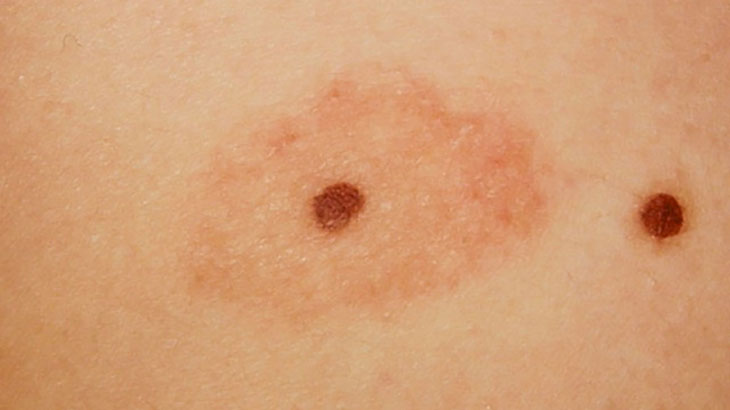5. Itchy or Painful Moles

Many factors might cause moles to itch, including exposure to certain skin care products and chemicals. Most moles are innocuous, but in rare circumstances, cancerous moles can itch. Moles often evolve at a glacial pace. They may change color, rise, or sprout hairs. Some moles never change, while others fade away over time. Some changes are anticipated and innocuous, but all changes should be evaluated by a doctor, especially if they are abrupt. Often, skin cancer does not present any genuinely uncomfortable symptoms until it has spread very far. According to a research published in JAMA Dermatology, around 28% of skin cancer lesions—typically non-melanoma skin malignancies such as basal cell and squamous cell carcinoma—involve discomfort, and 37% are accompanied with itching. According to research, acral lentiginous melanoma, the most prevalent form of melanoma in non-Hispanic Blacks, can cause discomfort, itching, ulceration, and bleeding. Painful, itchy, or painful patches that do not improve after a week should be evaluated by a dermatologist, according to the Skin Cancer Foundation.
If a mole itches, it might be an indication of melanoma in rare situations. It is critical to be informed of the signs and symptoms of melanoma. Itchiness is one of the skin abnormalities that might suggest skin cancer. The appearance of new moles may indicate the presence of melanoma. Melanoma might sometimes show as a black or blue spot within an existing mole. Other colors may also be seen in the region. A mole that suddenly turns itchy, dry, scaly, or flaky should definitely raise warning concerns. It’s critical to avoid the urge to scratch it, as this might aggravate the problem. If this seems familiar, make an appointment with a specialist immediately to assess for skin cancer and prevent it from spreading further. Cancerous moles frequently begin oozing or bleeding. These symptoms nearly often prompt people to seek medical attention, however we recommend having any suspicious moles evaluated before they occur.



